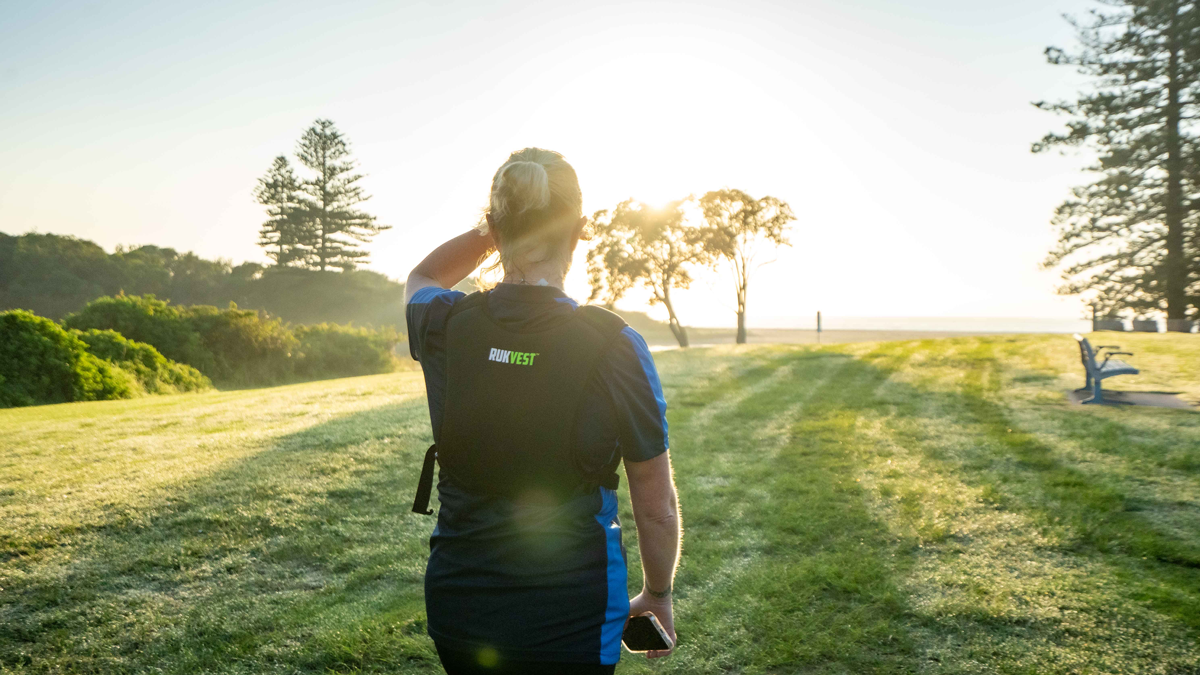Key Takeaways
- Obesity and overweight rates continue to rise globally, but both are preventable and reversible with lifestyle changes.
- Rucking—walking with a weighted backpack—is an accessible, low-impact exercise that burns more calories than regular walking.
- It supports fat loss while maintaining muscle mass, helping improve long-term metabolism and body composition.
- Rucking places less strain on the knees than running and benefits heart health, bone density, and mental wellbeing.
- Just 30 minutes of moderate activity like rucking, five days a week, can help manage weight and improve overall health.
By definition, “overweight” is a condition of excessive fat deposits and “obese” is when the excessive fat deposits lead to a chronic complex disease that can impair health.
The diagnosis of overweight and obesity is traditionally made by measuring people’s weight and height and by calculating the body mass index (BMI) which is weight (kg) / height² (m²).
Overweight is a BMI greater than or equal to 25, while obesity is a BMI greater than or equal to 30. While not a perfect measure, BMI provides a surrogate marker of fatness and when used with additional measurements such as the waist circumference, can help the diagnosis of overweight and obesity.
Recently a report was released by the World Health Organisation (WHO) showing that worldwide, adult obesity rates have more than doubled between 1990 and 2022, and currently stands at 2.5 billion being classed as overweight with 890 million of these obese.
As horrific as the current statistics are, the World Obesity Federation warns that more than half the world's population will be classed as obese or overweight by 2035 if action is not taken.
In Australia, we have one of the highest rates of overweight and obesity in the developed world, above the average for countries that are members of the Organisation for Economic Cooperation and Development (OECD).
Two-thirds of Australian adults now live overweight or obese. The prevalence of overweight is higher for men compared to women, while the prevalence of obesity is similar for men and women. We are not alone either, the prevalence of obesity is increasing throughout the most high income countries and has followed a similar trend in, New Zealand, the UK, US and Canada.
It's a real problem too … Obesity can increase the risk of developing many serious health conditions, including heart disease, diabetes, high blood pressure, osteoarthritis, sleep apnea and some cancers.
It also has been linked to mental health problems and a lesser quality of life. Four million people die each year as a result of obesity, according to the WHO.
So we need to do something to address it, and the great news is that overweight and obesity are largely preventable and definitely reversible. At an individual level, lowering your risk of overweight and obesity normally involves reducing the number of calories consumed, and increasing the amount you move.
When it comes to moving, experts say that It only takes 30 minutes of moderate to intense physical activity, five days a week, to improve and maintain your health and this is where rucking comes into its own.
Rucking, which involves walking with a weighted backpack, called a rucksack, offers significant benefits for obesity management and overall health.

Firstly, rucking is super accessible, if you can walk you can ruck and by adjusting the amount of weight you carry and/or the distance and terrain you ruck, you can make it relevant for any fitness level.
But for weight loss, when you ruck over walking you burn way more calories than walking without weight, making it a very efficient way to exercise for this purpose.
Rucking not only aids in fat loss but also helps maintain muscle mass. A study on backcountry hunters revealed a loss of 14% body fat over ten days with preserved muscle mass, highlighting rucking’s dual benefit in managing obesity while supporting muscle retention, which has a long term effect on metabolism.
This all happens with less strain on the knees compared to comparable forms of exercise like running. When running, the knees experience up to eight times the body weight in force, whereas rucking reduces this to about three times, even with added weight.
The benefits of rucking stretch far past just weight loss, including Heart Health, Bone density, stress reduction and all the benefits of being outside, moving and being social, so give it a go if you are looking to get out, or stay out of the overweight / obesity stats … and you might just love it.







Share:
Boost Bone Health: The Weighty Benefits of Rucking